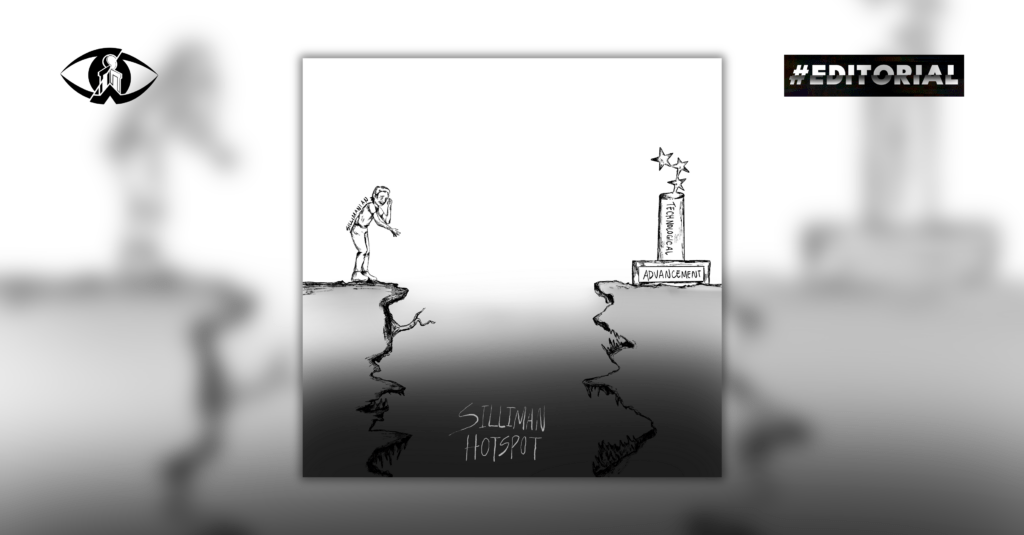the Weekly Sillimanian | September 27, 2023

Silliman University (SU) set out on a bold mission to transform education by incorporating digital technology into the classroom. This initiative gave birth to mySOUL, a homegrown digital classroom platform developed by SU. Although this endeavor commenced well before the COVID-19 pandemic, it was fortified during the crisis, demonstrating its resilience and adaptability.
Now, face-to-face classes return to the campus, and mySOUL remains an indispensable part of the educational landscape.
Undoubtedly, mySOUL represents a significant leap forward in education. It enables students to access resources, engage in virtual classrooms, and collaborate with peers regardless of physical proximity. It fosters a versatile learning environment that transcends the traditional classroom setup.
But herein lies the conundrum: mySOUL’s efficacy is contingent upon a stable internet connection.
Recent experiences have highlighted the fragility of SU’s Wi-Fi infrastructure: Silliman Hotspot. An unsettling inconsistency in its performance has left students grappling with technical issues and frustration over user overloads. This discrepancy has far-reaching repercussions, jeopardizing Silliman’s vision of seamlessly integrating digital education into its day-to-day curriculum.
The disadvantages of this problem are multifaceted and profound. Unequal access to education emerges as a grave concern. Students who lack reliable internet connectivity or are unable to afford mobile data are marginalized and deprived of the opportunities offered by mySOUL.
This issue makes educational inequality worse while also impeding the university’s efforts to provide an inclusive learning environment.
Furthermore, the credibility and effectiveness of digital education are at stake. When students encounter frequent disruptions and connectivity issues, their engagement and learning experience suffer. This limitation erodes their faith in digital learning as a viable alternative to traditional methods, undermining the very essence of the initiative.
Thus, SU needs to employ a multifaceted strategy to deal with these problems.
Investment in upgrading and expanding the university’s Wi-Fi infrastructure is imperative. This step includes increasing bandwidth capacity, optimizing access points, and deploying redundancy systems to ensure consistent connectivity. Additionally, technical support and troubleshooting resources should be readily available to assist students facing connectivity challenges.
It is also necessary to look into alternative ways of educating pupils who have trouble accessing the internet. To make sure no student is left behind, offline materials like downloadable lectures should be made available.
Additionally, working with local internet service providers to offer discounts or packages for students might assist in easing their financial burden while improving their access to the internet.
SU’s mySOUL platform represents a commendable leap into the digital age of education. However, the current inconsistency in the Silliman Hotspot threatens to undermine the university’s ambitious vision.
By transforming this challenge into an opportunity, SU sets itself up for a future where it can redefine education for the better. Only through such concerted efforts can the potential of mySOUL truly be realized and the promise of digital education be fulfilled.


